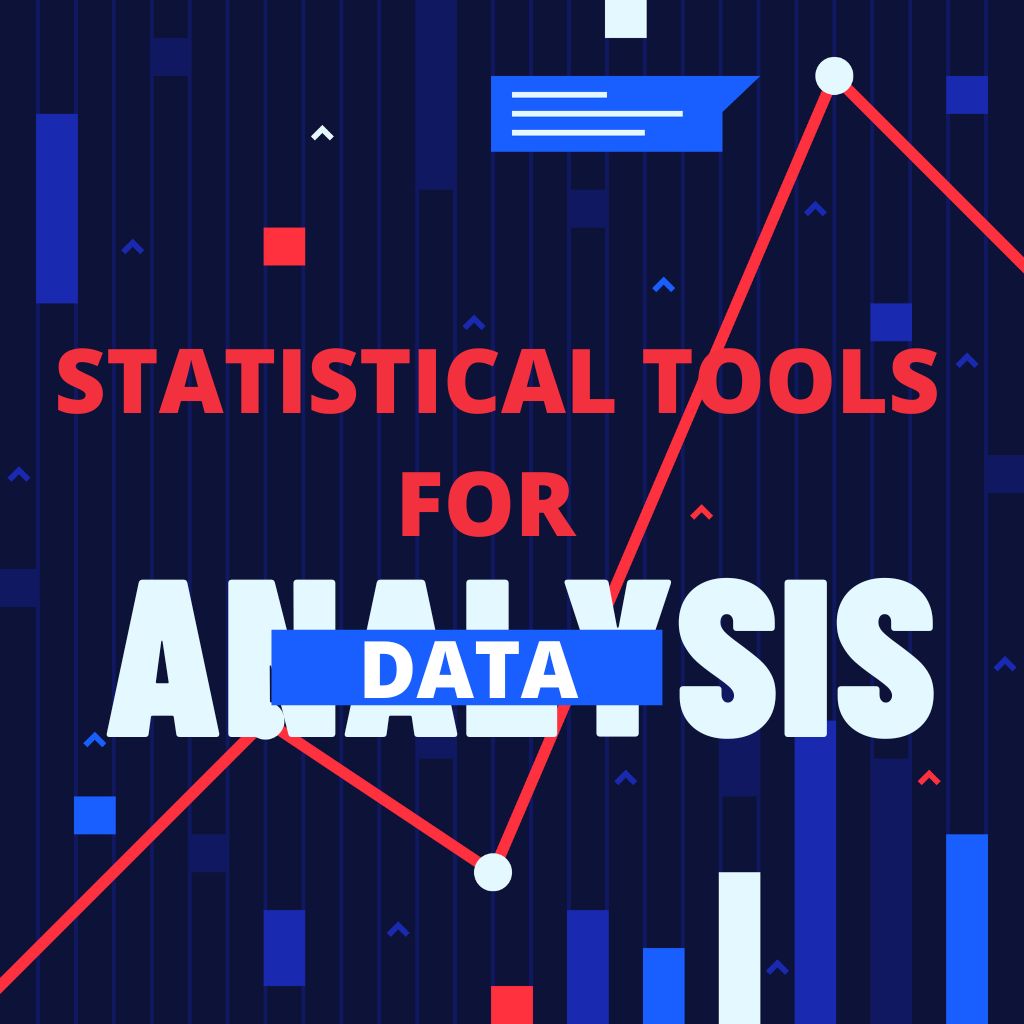Introduction
Statistical tools for data analysis play a crucial role in research, providing the necessary framework for interpreting data and deriving meaningful conclusions. By employing various statistical analysis methods, researchers can transform raw data into valuable insights. This article delves into the significance of statistical tools for research, highlights key software options, and emphasizes best practices for effective data analysis.

Understanding Statistical Tools for Research
Statistical tools refer to techniques and software that enable researchers to collect, analyze, and interpret data. These tools are essential for ensuring accuracy and reliability in research statistics. Whether in academia or industry, the ability to effectively analyze data is fundamental for making informed decisions.
Common Statistical Tools Used in Research
Researchers utilize a wide array of statistical tools, each tailored to specific analytical needs. Some of the most common tools include:
- Excel: Widely used for basic statistical analysis and visualization.
- R: An open-source programming language that offers extensive statistical computing capabilities.
- SAS: A software suite used for advanced analytics, business intelligence, and data management.
- MATLAB: Used for numerical computing and visualization.
Statistical Tools for Data Analysis: SPSS for Data Analysis
Introduction to SPSS
SPSS (Statistical Package for the Social Sciences) is one of the most popular statistical tools for data analysis, especially in social science research. Its user-friendly interface allows researchers to perform complex statistical analyses without needing advanced programming skills.
Features and Benefits of Using SPSS for Statistical Analysis
SPSS offers a range of features, including:
- Descriptive Statistics: Provides summary statistics and visualizations to understand data distribution.
- Inferential Statistics: Enables hypothesis testing and making predictions based on sample data.
- Data Management: Facilitates data manipulation and cleaning, making it easier to prepare datasets for analysis.
Data Analysis Software
Choosing the right data analysis software is vital for successful research. While SPSS is an excellent choice, other options may suit different needs. Here are key factors to consider when selecting data analysis software:
- Ease of Use: A user-friendly interface is crucial, especially for beginners.
- Statistical Techniques Available: Ensure the software supports the necessary statistical methods for your research.
- Cost: Consider the budget, as some software may require expensive licenses.
Data Analysis: How to Effectively Use Statistical Tools
Steps for Conducting Statistical Analysis
- Define Your Research Question: Clearly articulate the question you intend to answer.
- Collect Data: Gather relevant data using surveys, experiments, or secondary sources.
- Prepare Data: Clean and organize the data for analysis.
- Select Statistical Tools: Choose appropriate software and techniques for your analysis.
- Conduct Analysis: Apply the chosen statistical methods to derive insights.
- Interpret Results: Analyze the output and draw conclusions based on the findings.
Research Statistics: Best Practices
To maximize the effectiveness of statistical tools, adhere to the following best practices:
- Understand the Tools: Familiarize yourself with the capabilities and limitations of the statistical software you are using.
- Check for Errors: Regularly validate your data and analysis to avoid common pitfalls, such as misinterpretation or bias.
- Document Your Process: Keep detailed records of your analysis procedures for transparency and reproducibility.
Statistical Tools for Data Analysis: Research Section Sample
Research Design
In this section, the research design will be discussed, outlining the methodological framework used to conduct the study. The design will detail the sampling methods, data collection procedures, and analysis techniques employed. This ensures that the research findings are valid, reliable, and can be replicated in future studies.
Step-by-Step Guide on How to Use MyWordAi.com
- Visit MyWordAi.com: Open your browser and navigate to MyWordAi.com.
- Create an Account: Sign up using your email and create a password.
- Choose Your Topic: Enter the subject or keywords related to your research.
- Select Writing Style: Choose the appropriate writing style (e.g., academic, casual).
- Generate Content: Click on the “Generate” button to create your research document.
- Review and Edit: Review the content generated and make any necessary edits.
- Download or Share: Save your document or share it with collaborators.
This guide will help researchers utilize MyWordAi to streamline their writing process and improve the quality of their academic work effectively.
Conclusion
Statistical tools for data analysis are indispensable in research, enabling scholars and professionals to extract meaningful insights from data. By leveraging software like SPSS and adhering to best practices, researchers can enhance the quality of their findings. Additionally, MyWordAi.com is an automated academic writing tool powered by ChatGPT that assists researchers in crafting their work with ease.
Ready to take your research to the next level? Try the MyWordAi app today! Whether you’re drafting a research paper or analyzing data, MyWordAi provides automated assistance, helping you focus on what matters most. Download now: MyWordAi App on Google Play.